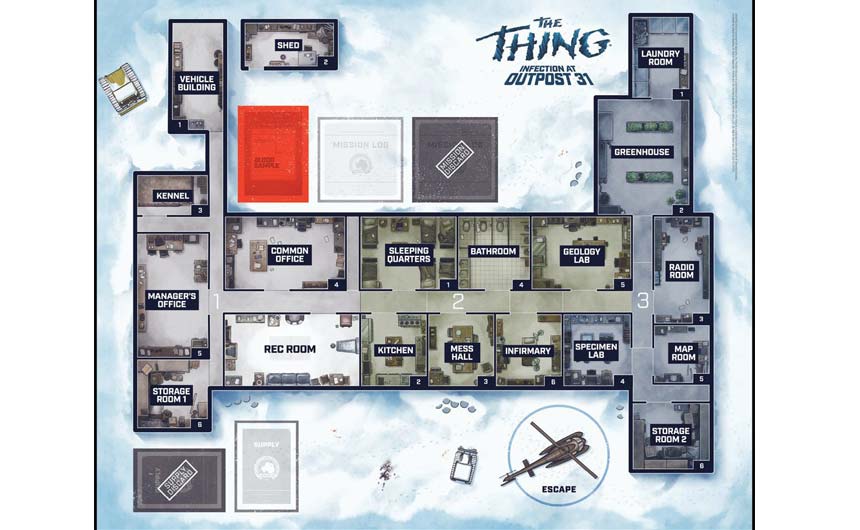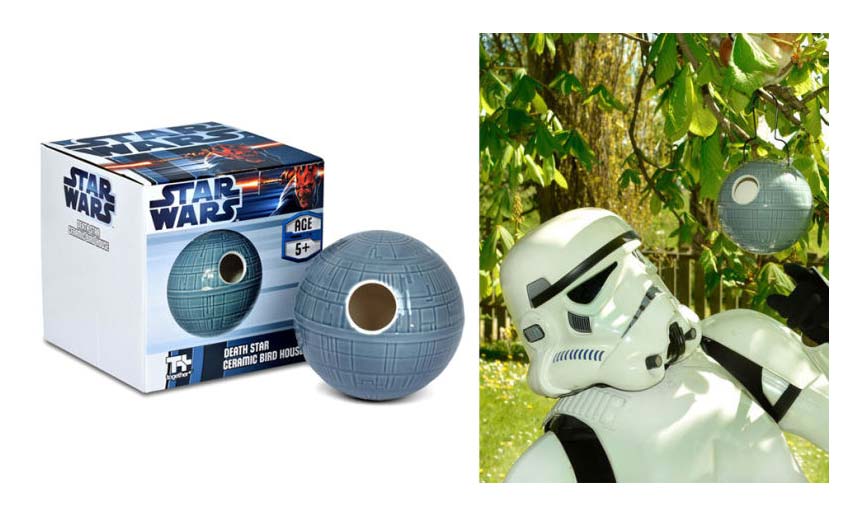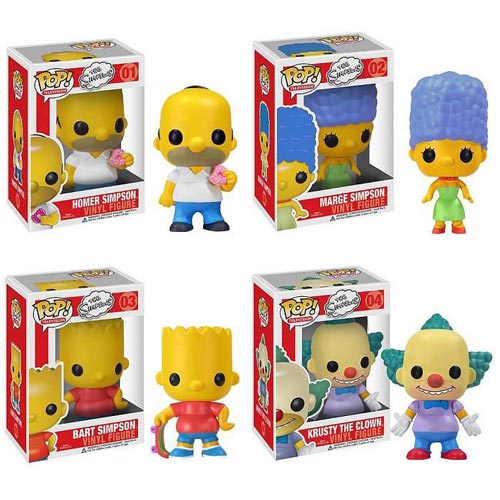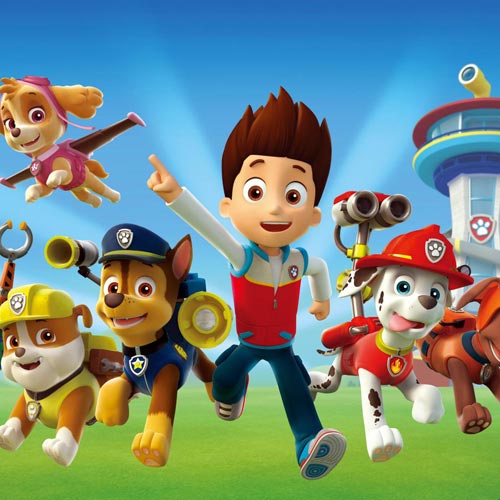Triclops Studio’s Luc Hudson outlines the dos and the don’ts for designing a licensed toy or game.
It is often presumed that obtaining the right licence will guarantee sales of toys and games. While the familiarity of a successful movie franchise or TV show can certainly act as a lure to help shift units, if the product does not capture the magic of the cinematic or televisual experience for consumers, it may underwhelm on shelf. It is not enough to ‘Badge Slap’ and expect a Star Wars logo to sell your line of scooters, whereas if you made them look a bit more like Speeder bikes, you might be in with a chance!
Restrictive brand guidelines which limit what characters can and can’t do and protect their likenesses, substantial royalties to the licensor and the cost of manufacture can all squeeze the fun out of concepts but it is possible to be creative with design for licensed product.
The best way to ensure that your designs will hit the mark is to be familiar with the source material. There is no substitute for watching the movies or cartoons and reading the books or comics upon which the brand may be based. Knowing the attributes of the characters and their backstories will generate ideas pertinent to the brand in question and will spare your blushes when you present the equivalent of a flying toy to the licensor of a Dodo show.

Mondo’s John Carpenter The Thing board game was borne out of many meticulous hours spent watching the movie.
Asking ‘Who would want this and why?’ is an important question to keep in mind and it’s one you will probably ask yourself as you peruse the toy aisles in any store. Sometimes great product ideas can come from cross pollinating unlikely elements.

This Star Wars Death Star bird feeder is a great example of a product from an unlikely element.
And applying a fresh art style to staple characters can reinvigorate them or introduce them to a new audience.

Funko Pop! vinyl figures inject contemporary cool into licences.
It is also important to have a strong understanding of play patterns and how they appeal to different age brackets. The age at which children stop playing with traditional toys due to peer pressure or digital distractions is creeping younger with each successive generation.
Entry-level toy design for licences involves this very simple formula ‘here is the character from the property and the toy looks like it’. This approach was championed by Kenner with the release of the original Star Wars figures and it is still a staple part of the industry today. It is easy to criticise a ‘looks-like’ line but the amount of royalty due to the various licensors can cripple budgets, meaning that there is nothing left for mechanical features and innovation in the toys.
Perhaps an increasingly lacklustre traditional offering has triggered the increase in sales of role-play items as they allow kids to become their favourite superhero rather than plonk around the tabletop with a 3 and 3/4 inch replica of him or her that doesn’t do anything.
Working on licensed movie product has other pitfalls. There is no guarantee of box office success, in which case nobody will want to buy related product and if the movie has a higher age rating than the audience you have in mind for the toys, awareness and therefore demand may be limited.

PAW Patrol is a strong example of a TV show supported by a rich and varied toy line.
The ideal is to get synergy between what you watch on-screen and what is available to buy on-shelf. Spinmaster’s PAW Patrol is a great example of a popular TV show supported by a rich and varied toy line. This makes sense given that the two were developed in unison with toy features considered from the outset and woven into the story.
In this respect, new licences have advantages over heritage brands. They have not been pillaged by successive generations of designers and inventors so may have more potential for freshness, but they may also suffer from a lack of familiarity.
Big brand licences are household names but can run the risk of oversaturation and, the longer they stay around, the harder it is to create new concepts to carry them which perhaps inspires reboots and remakes.
If a licence has longevity, whether via seasons of programming or series of books, it should have the potential to generate seasons of toy product too rather than a disparate collection of unconnected items.
TMNT has enjoyed 30 years of comics, cartoons, movies and toys. Playmates does a sterling job of producing engaging action figures and play-sets. The property itself has always been irreverent and whimsical and the toys reflect the humour of the brand. The current cartoon series cleverly employs time travel which justifies a return to earlier iterations of characters. All new to a generation unfamiliar with the first time around and unlocking the ability to resell the same ideas with a contemporary twist.
Luc Hudson is creative director, Triclops Studio. He is taking part in a panel session at Brand Licensing Europe called ‘Playing with brands: A look at the design process behind licensed toys and games’, which takes place on Wednesday October 11 at 2pm. Register for your free badge now at www.brandlicensing.eu/register.































